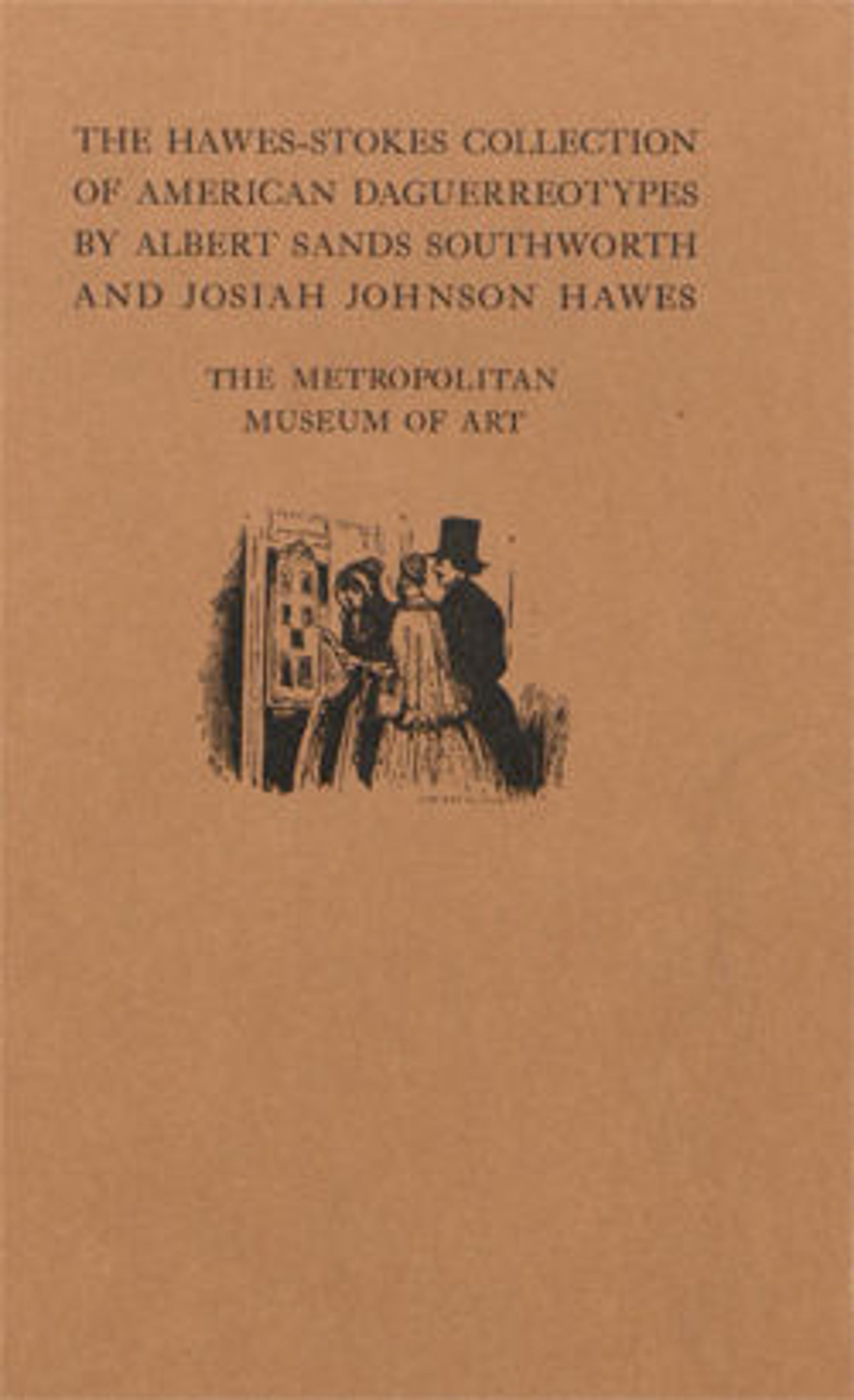Lola Montez
The Boston partnership of Southworth and Hawes produced the finest portrait daguerreotypes in America for a clientele that included leading political, intellectual, and artistic figures. The first photographic process, invented by Louis Daguerre (1787-1851), spread rapidly around the world after its presentation to the public in Paris in 1839. Exposed in a camera obscura and developed in mercury vapors, each highly polished silvered copper plate is a unique photograph that, viewed in proper light, exhibits extraordinary detail and three-dimensionality.
Lola Montez (1818-1861), born in Ireland as Marie Dolores Eliza Rosanna Gilbert, was a strikingly beautiful adventuress and "Spanish" dancer who achieved international notoriety as the mistress of King Louis I of Bavaria.
Lola Montez (1818-1861), born in Ireland as Marie Dolores Eliza Rosanna Gilbert, was a strikingly beautiful adventuress and "Spanish" dancer who achieved international notoriety as the mistress of King Louis I of Bavaria.
Artwork Details
- Title: Lola Montez
- Photography Studio: Southworth and Hawes (American, active 1843–1863)
- Artist: Albert Sands Southworth (American, West Fairlee, Vermont 1811–1894 Charlestown, Massachusetts)
- Artist: Josiah Johnson Hawes (American, Wayland, Massachusetts 1808–1901 Crawford Notch, New Hampshire)
- Date: ca. 1850
- Medium: Daguerreotype
- Dimensions: 21.6 x 16.5 cm (8 1/2 x 6 1/2 in.)
- Classification: Photographs
- Credit Line: Gift of I. N. Phelps Stokes, Edward S. Hawes, Alice Mary Hawes, and Marion Augusta Hawes, 1937
- Object Number: 37.14.41
- Curatorial Department: Photographs
More Artwork
Research Resources
The Met provides unparalleled resources for research and welcomes an international community of students and scholars. The Met's Open Access API is where creators and researchers can connect to the The Met collection. Open Access data and public domain images are available for unrestricted commercial and noncommercial use without permission or fee.
To request images under copyright and other restrictions, please use this Image Request form.
Feedback
We continue to research and examine historical and cultural context for objects in The Met collection. If you have comments or questions about this object record, please contact us using the form below. The Museum looks forward to receiving your comments.
